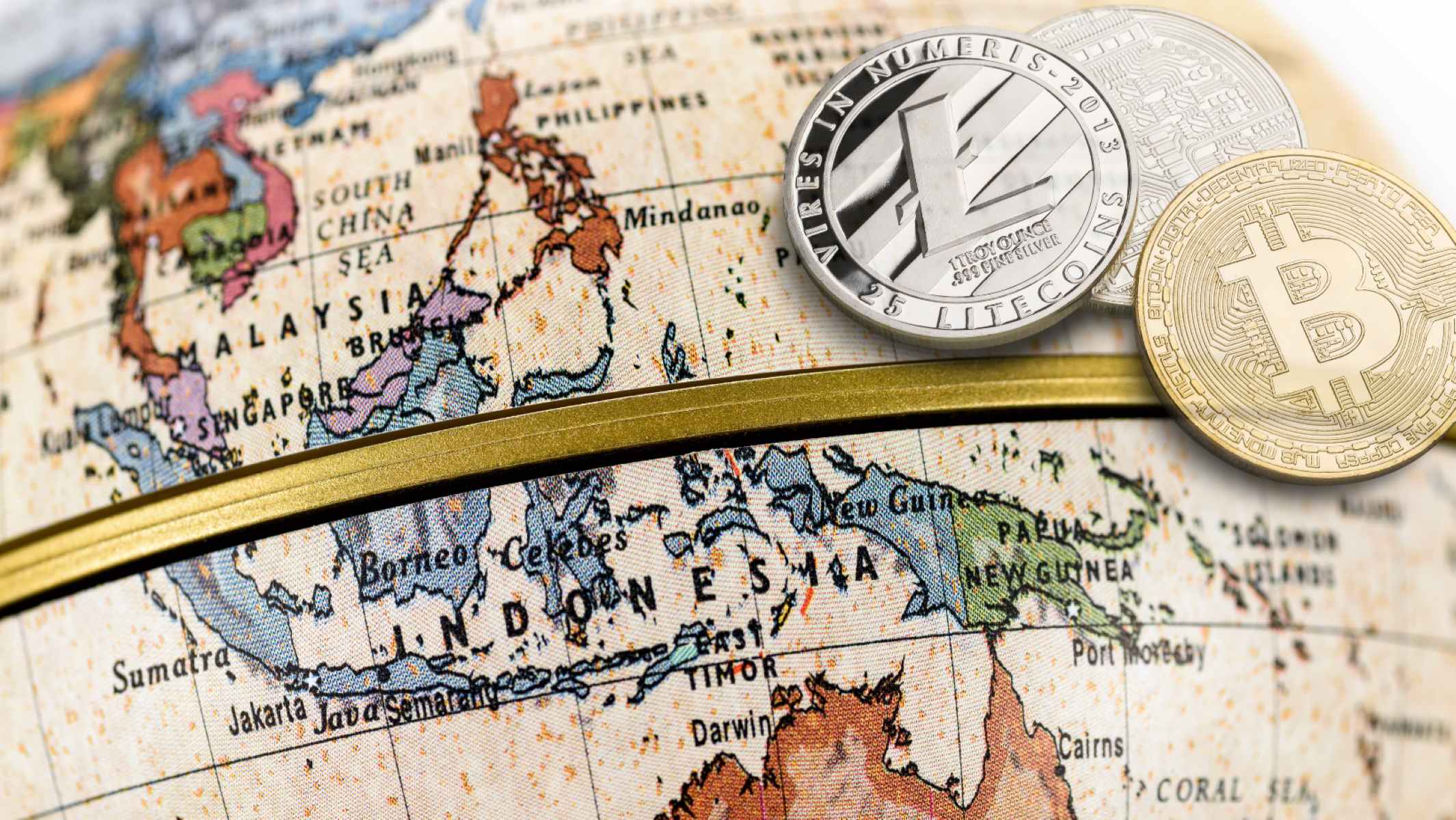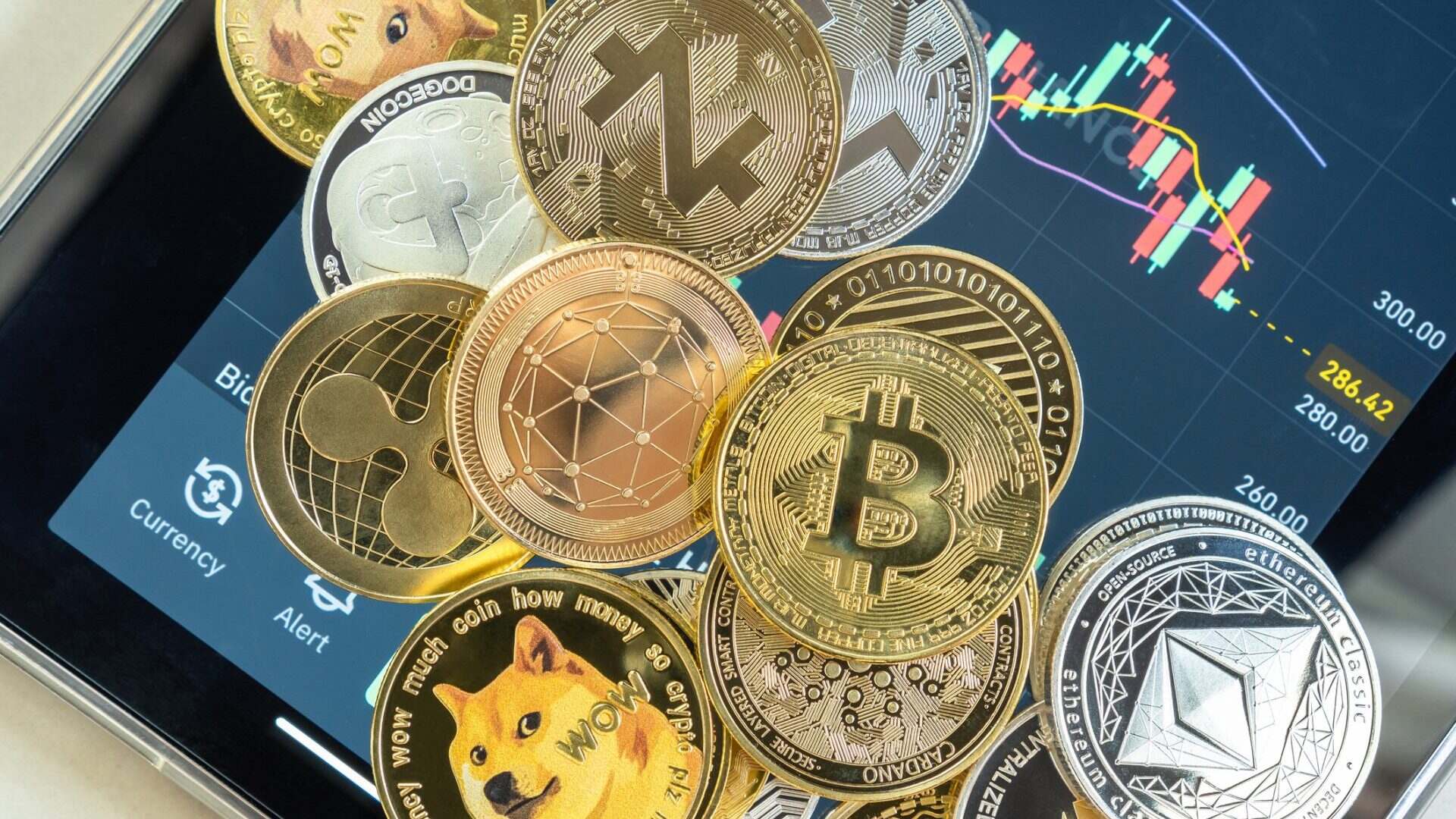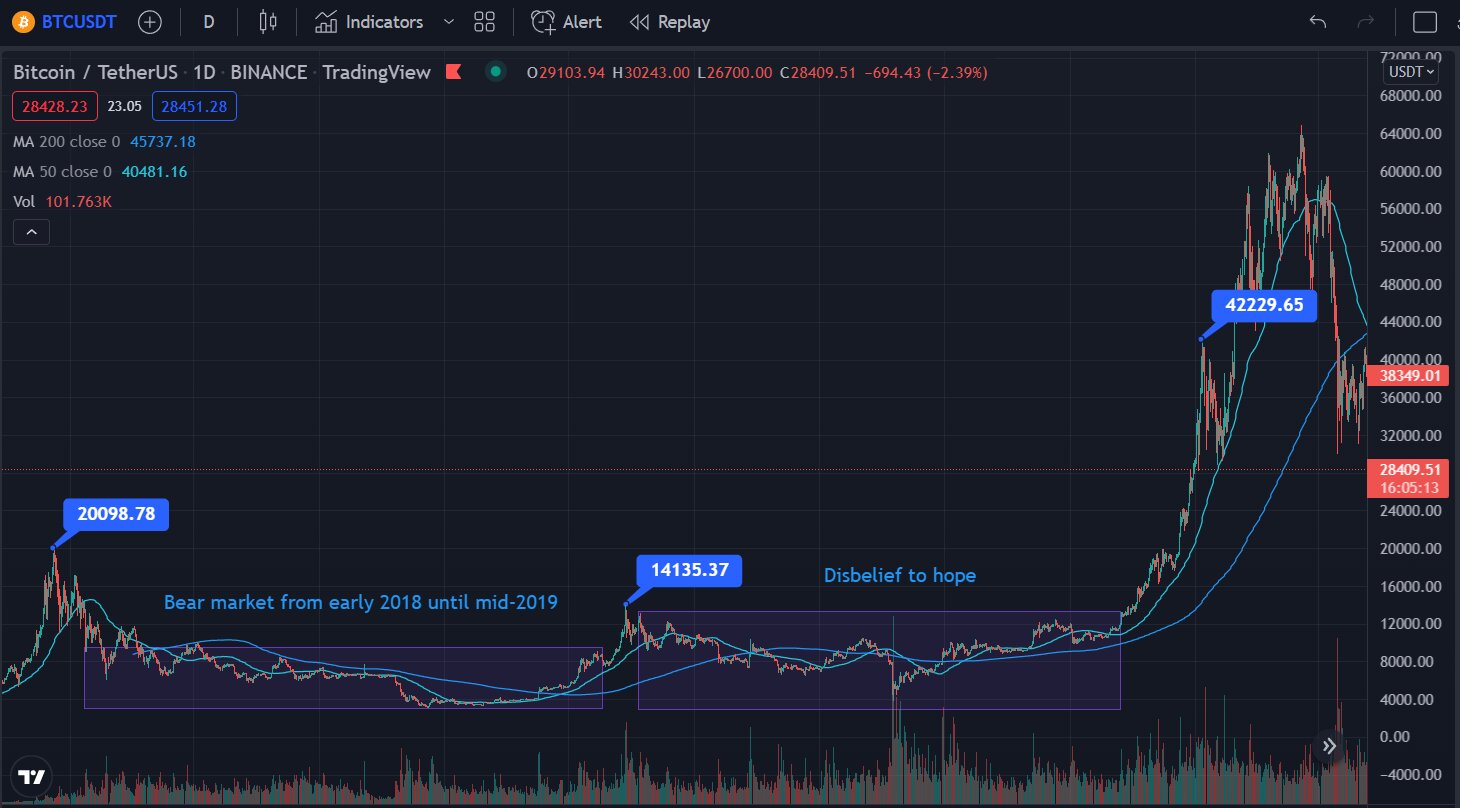Institutional adoption of digital assets in Asia is experiencing significant growth, surpassing the uncertainty surrounding the US market. Countries like South Korea, Hong Kong, Japan, and Singapore are actively seeking opportunities in the space, benefiting from increased regulatory clarity within the region. As highlighted during Korea Blockchain Week, industry experts and insiders have expressed enthusiasm for this positive shift.
Key Takeaway
Institutional adoption of digital assets is flourishing in Asia. Countries like South Korea, Hong Kong, Japan, and Singapore are capitalizing on regulatory clarity and actively seeking opportunities in the space. Despite market corrections, global interest in cryptocurrencies remains strong, and institutions are recognizing the value they bring. In comparison, the US and Europe lag behind in institutional adoption due to a more cautious approach from financial institutions.
Asia Embracing Change Following Industry Setbacks
The digital assets industry faced significant challenges last year, including the collapse of Terra/LUNA and the bankruptcy filing of FTX, a crypto exchange that was previously headquartered in Hong Kong. These events stalled progress and innovation. However, the recent surge in institutional adoption is seen as a welcome development according to industry players in Asia.
Continued Global Interest Amidst Market Correction
Despite ongoing market corrections and price declines from previous all-time highs, global interest in cryptocurrencies remains robust. According to Jason Atkins, Chief Commercial Officer at Auros, crypto is providing answers to pressing questions faced by traditional financial institutions and banks. As a result, the demand for digital assets continues to drive institutional adoption.
Asia Leads in Institutional Adoption Compared to the US and Europe
Asian companies have demonstrated a more proactive approach towards institutional adoption compared to their counterparts in the US and Europe. Justin Kim, Head of Korea at Ava Labs, attributes this progress to the willingness of Asian companies to engage and educate themselves about the industry. In contrast, companies in other regions have adopted a more hesitant “wait and see” approach.

























